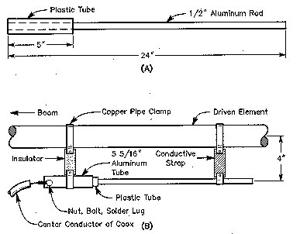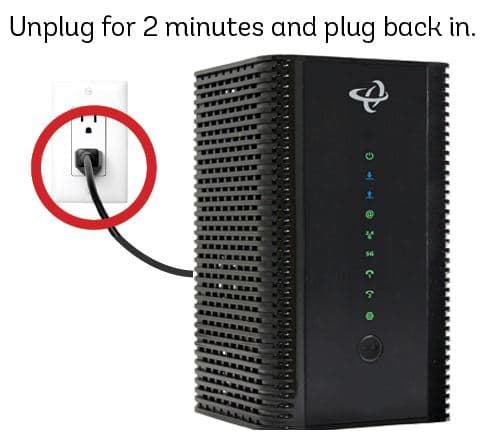Coaxial cable locks, commonly found in hotels or other temporary lodgings, are plastic sleeves that fit over coaxial cables to prevent them from being disconnected or removed. While tampering with these locks may violate your rental agreement, there are a few methods to remove them if necessary.
Overview of Coaxial Cable Locks
Coaxial cable locks typically consist of a plastic sleeve that slides over the coaxial cable where it connects to the TV, secured by a locking mechanism on the backside mounted to the wall. Their purpose is to prevent theft of cable services by guests.

Legally, guests should not remove these locks per rental agreements. However, if internet connectivity issues arise, removing the lock may be required to troubleshoot the coaxial connection. Proceed at your own risk.
Tools Needed
To remove a coaxial cable lock, you will need:
- Tissue paper
- Pen cap
- Pliers (optional)
Step-by-Step Instructions
Follow these instructions to remove a coaxial cable lock:
1. Insert Tissue Paper
Slide tissue paper between the plastic sleeve and the coaxial cable on the side facing the TV. This helps prevent damage to the cable when removing the lock.
2. Insert Pen Cap
Wedge a pen cap between the tissue paper and the coaxial cable’s connector. This will prevent the connector from slipping back into the lock when unscrewing it.
3. Unscrew the Lock
While firmly pressing the pen cap into the sleeve, unscrew the lock counterclockwise using pliers if needed. Take care not to bend or damage the coaxial cable.

Reconnecting the Coaxial Cable
If disconnecting the coaxial cable from the TV is necessary, follow these steps:
- Cut the cable to the desired length using wire cutters.
- Strip away the outer plastic sleeve approximately 3/4 inch using a coaxial cable prep tool. This exposes the braided copper shielding.
- Fold the shielding back over the outer sleeve.
- Strip away an additional 1/4 inch to expose the copper core.
- Insert the stripped cable end into a new F connector and crimp it in place using a coax compression tool.
This secures the connector for reconnecting to the TV. Take care when routing the new cable to avoid tripping hazards.
FAQs
Can coins loosen a coaxial cable nut?
Yes, placing two pennies on either side of the nut can help provide grip to loosen it by hand.
What causes a coaxial cable to overheat?
Moisture ingress is the most common cause of a hot coaxial cable, as it increases signal loss and attenuation, releasing excess heat. Ensure cables are kept dry.
Can a faulty coax cable cause a fire?
It’s unlikely, but a damaged coaxial cable that sparks could ignite nearby flammable material in some cases. Proper installation and maintenance helps prevent this.
Do all coaxial cables have the same specifications?
No, coaxial cables vary in thickness gauge (RG rating) and impedance. A higher RG number indicates a thinner cable.
Conclusion
Removing coaxial locks requires careful technique but can be accomplished with basic tools. Be sure to reconnect cables properly and keep routing safe. Consider contacting building management for assistance rather than tampering with equipment yourself.


![[Windows 8] How to share Internet connection with your phone, tablet, other computers, and other dev](https://www.800908.com/wp-content/uploads/2021/10/1224-6.png)

